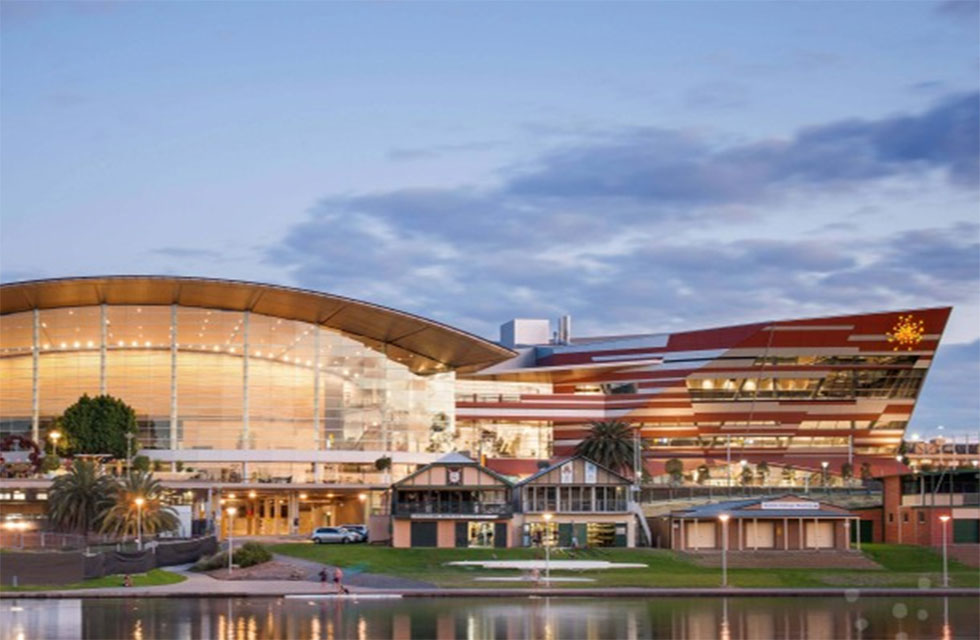Patella instability once was treated with a knee splint for three weeks, then physiotherapy. That model has been long abandoned, the knee needs to be moving or the quadriceps get weak. If there’s not much swelling, straight to physio for a first dislocation. If the quadriceps have gone on strike – a knee arthroscopic washout of the haemarthrosis has some advantage allowing the physiotherapist to get to work with the patient. At the same time the situation can be properly assessed, any loose bodies removed.
For recurrent dislocations, more serious surgical options such as tibial tubercle surgery can change the vectors on the patella (TTTG, Q angle), lock it in the groove by moving it distally (for patella alta), and can even be used to reduce patellofemoral contact stress (for damaged kneecaps). These operations needs significant protection for eight weeks after surgery with braceing and crutches. Sometimes, the MPFL needs reconstructing.
To the title of the blog though – the patella groove is sometimes just wrong – or “dysplastic” where the lateral trochlear doesn’t provide enough support, the groove too shallow, or the medial trochlear is too high. We can deepen the groove for the patella. There is a now special tools to do this work, and the recovery of the cases we’ve done have been impressive. By removing bone from under the articular cartilage & subchondral bone plate, the area can be re-contoured, and re-secured. It is a big, open operation, sometimes the MPFL still needs to be reconstructed. Orthopaedic literature shows trochleoplasty is a critical part of the patella stabilisation surgery when indicated and patient satisfaction rates are high.
Luke Spencer & David Mitchell are both members of the Australian Knee Society, and do this surgery






